Uncategorized
-
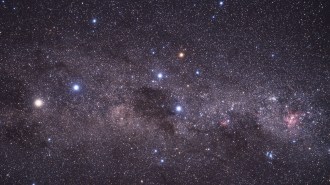 Astronomy
AstronomySome of Earth’s meteors are probably coming all the way from a neighboring star system
The triple star system is sending comets, asteroids and meteors our way, and the number of interstellar objects entering the solar system will rise.
By Ken Croswell -
 Tech
TechRobots are gaining new capabilities thanks to plants and fungi
Biohybrid robots made with plant and fungal tissue are more sensitive to their surroundings.
-
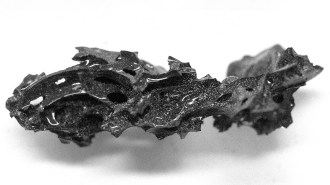 Archaeology
ArchaeologyMount Vesuvius turned this ancient brain into glass. Here’s how
Transforming the brain tissue to glass would have required an extremely hot and fast-moving ash cloud, lab experiments suggest.
By Alex Viveros -
 Space
SpaceThe International Space Station lacks microbial diversity. Is it too clean?
Hundreds of surface swabs reveal the station lacks microbial diversity, an imbalance that has been linked to health issues in other settings.
-
 Science & Society
Science & SocietyMarried men are doing more cleaning and laundry than in the past
Some scholars argue that efforts to equalize the time men and women spend on housework has stalled. An analysis reveals slow progress.
By Sujata Gupta -
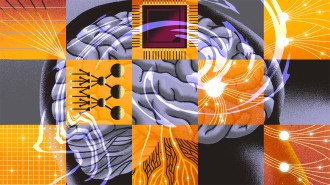 Artificial Intelligence
Artificial IntelligenceMore brainlike computers could change AI for the better
New brain-inspired hardware, architectures and algorithms could lead to more efficient, more capable forms of AI.
-
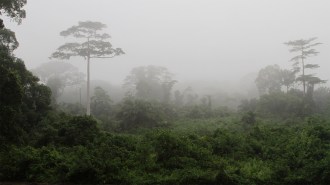 Archaeology
ArchaeologyHumans moved into African rainforests at least 150,000 years ago
This oldest known evidence of people living in tropical forests supports an idea that human evolution occurred across Africa.
By Bruce Bower -
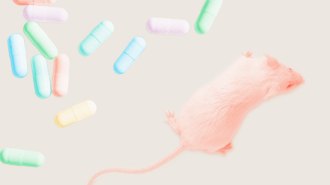 Health & Medicine
Health & MedicineCan probiotics actually curb sugar cravings?
Some companies claim that taking beneficial bacteria can reduce the desire for sugar. But the evidence comes from mice, not people.
-
 Life
LifeA new book chronicles the science of life in the air
Carl Zimmer’s Air-Borne recounts centuries of aerobiology’s greatest moments and mistakes.
-
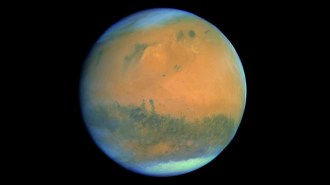 Planetary Science
Planetary ScienceAncient Mars wasn’t just wet. It was cold and wet
Mars may once have held enough water to fill oceans and form coastlines. The planet’s red dust contains water and likely formed in cold conditions.
By Skyler Ware -
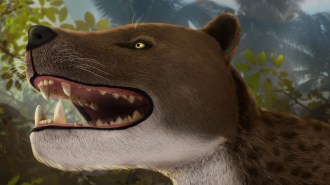 Life
LifeA skull found in Egypt shows this top predator stalked ancient Africa
Archaeologists uncovered a fossilized skull of an ancient sharp-toothed predator that likely hunted early elephants and primates.
-
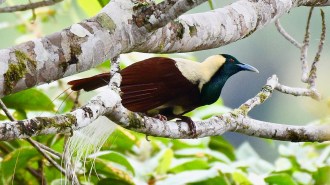 Animals
AnimalsHow fish biologists discovered birds of paradise have fluorescent feathers
A survey of museum specimens reveals that more than a dozen species of the birds sport biofluorescence in feathers, skin or even inside their throats.
By Susan Milius